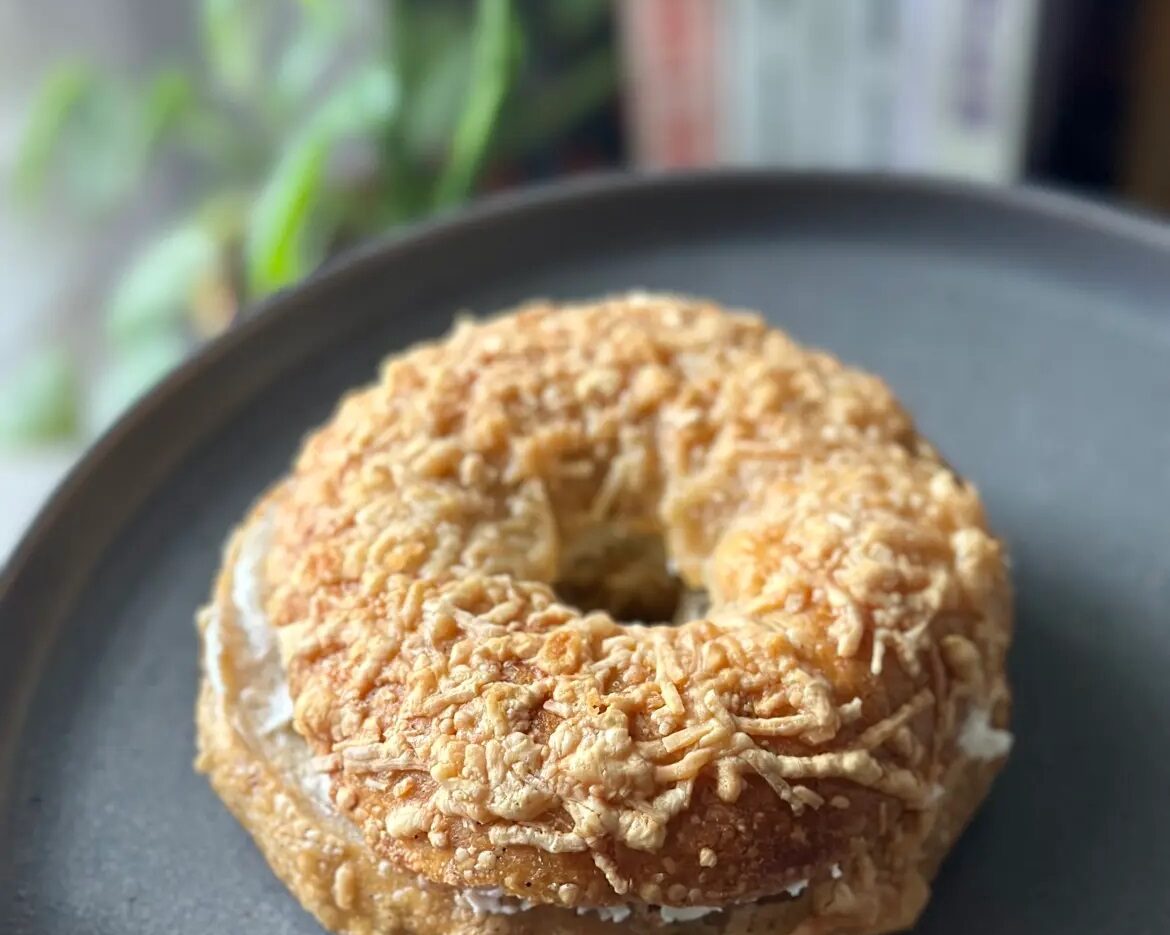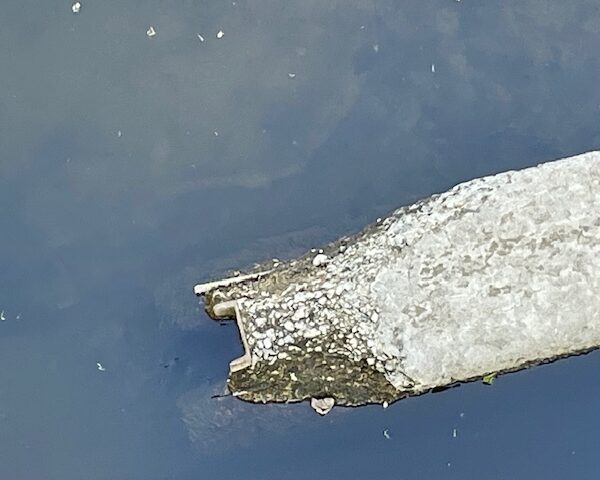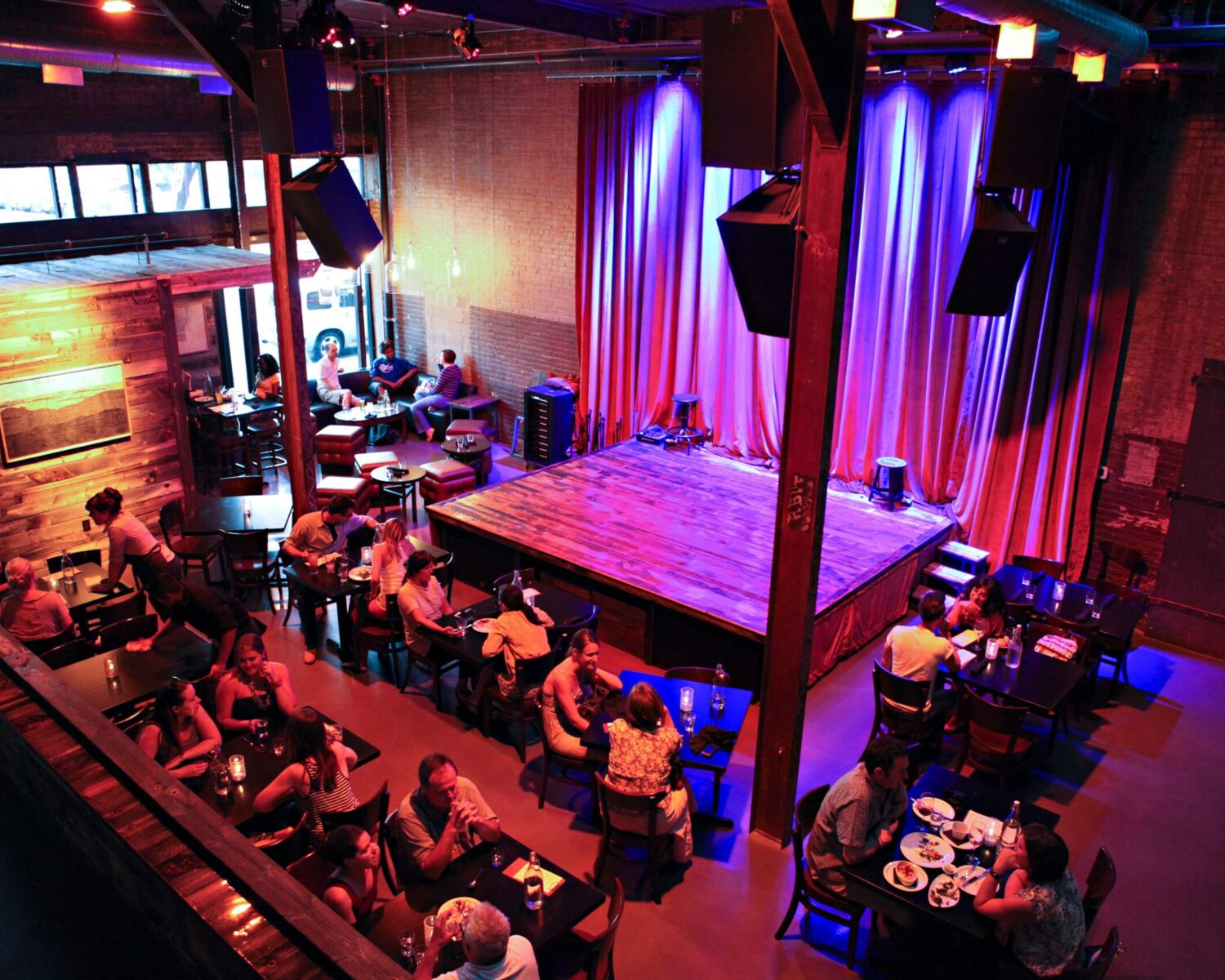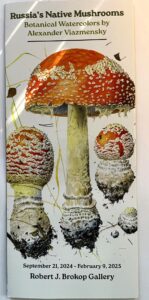 BY ED FELIEN
BY ED FELIEN
The Museum of Russian Art has a charming exhibit of watercolors by Alexander Viazmensky in one of its backrooms. It’s all mushrooms. His detail, down to the specks of dirt clinging to the roots, is astonishing.
The flyer advertising the show has on its cover (unsurprisingly) a photo of the painting of a mushroom, an Amanita muscaria—a mushroom noted for its hallucinogenic properties. Wikipedia: “Although poisonous, death due to poisoning from A. muscaria ingestion is quite rare. Parboiling twice with water weakens its toxicity and breaks down the mushroom’s psychoactive substances; it is eaten in parts of Europe, Asia, and North America.”
When I saw the flyer, I had an almost immediate flashback to the cover of “The Sacred Mushroom and The Cross, A Study of the Nature and Origins of Christianity Within the Fertility Cults of the Ancient Near East” by John M Allegro, published in 1970. Allegro said it’s possible Jesus never existed and that the notion of love and sharing everything going on in Acts of the Apostles probably had its origin in the practices of Near Eastern fertility cults, and the action was fueled by the communal partaking of the sacred mushroom, Amanita muscaria.
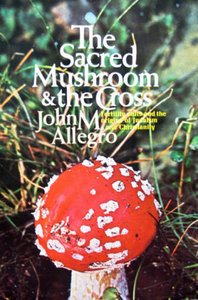 This communal sharing of hallucinogenic drugs and everything else, was the popular ethic of the “Back to the Land” movement of radical hippies in the Sixties. Rural communes were a kind of crash pad for draft dodgers, anti-war activists, burn-outs and druggies. They could be harrowing or hallowing experiences, but the guiding faith was always peace and love. Minnesota had its very own Georgeville Commune in 1969.
This communal sharing of hallucinogenic drugs and everything else, was the popular ethic of the “Back to the Land” movement of radical hippies in the Sixties. Rural communes were a kind of crash pad for draft dodgers, anti-war activists, burn-outs and druggies. They could be harrowing or hallowing experiences, but the guiding faith was always peace and love. Minnesota had its very own Georgeville Commune in 1969.
Psilocybin mushrooms
A safer and more readily available psychedelic mushroom is psilocybin. It’s used clinically to treat post-traumatic stress syndrome and to stop smoking.
From Wikipedia: “Mushrooms such as Psilocybe cubensis are relatively easy to cultivate indoors. First, spores are inoculated within sterilized jars or bags, colloquially known as grain spawn, containing a form of carbohydrate nutrient such as rye grains. After approximately one month, the spores fully colonize the grain spawn forming dense mycelium, which is then planted within a substrate such as a coconut husk fiber and vermiculite mixture. Given proper humidity, temperature, and fresh air exchange, the substrate will produce fruiting Psilocybe cubensis bodies within a month of planting. To preserve potency after harvesting, growers often dehydrate the fruit and store them in air-tight containers in cool environments.”
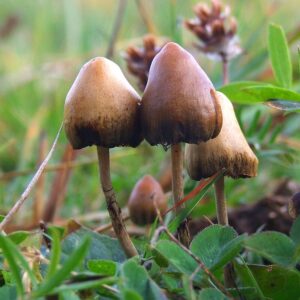
Psilocybe semilanceata
(Photo/Arp, Wikimedia)
“Russia’s Native Mushrooms” runs through Feb. 9, 2025.
There’s lots more to see at The Museum of Russian Art. “Women in Soviet Art” is a lovely exhibit of paintings of heroic Soviet women doing hard work in a social realist style, viewed through a slightly impressionist lens. It runs only to Oct. 24, 2024.
The Museum of Russian Art (TMORA) stands in solidarity with the people of Ukraine and condemns the invasion and ongoing aggression against Ukraine, which violates international law and undermines the principles of peace and freedom.





